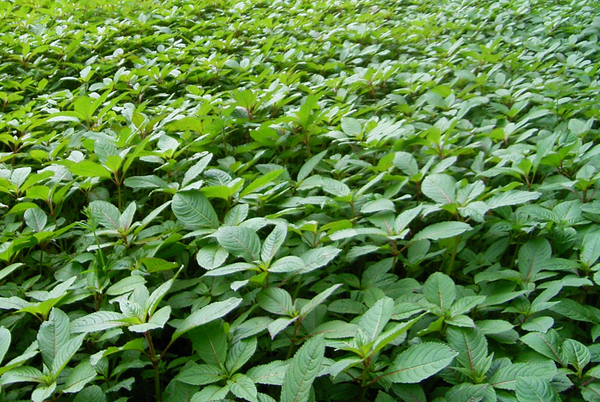New in April 2015 from the ISC
In April 2015 the following datasheets were published on CABI’s Invasive Species Compendium (ISC). You can explore the open-access ISC here: www.cabi.org/isc. Triumfetta semitriloba (burweed) – this weedy perennial shrub species, native to large parts of tropical and subtropical America, has been introduced to a number of Pacific islands, where it is now invasive. Its international spread is…
Ebola and IAS
A conversation with Dr Arne Witt The recent outbreak of Ebola virus disease in West Africa made headline news around the world. During the outbreak this fatal disease, endemic to parts of Central and West Africa, rapidly spread from Guinea, Sierra Leone, and Liberia to other countries in the region such as Nigeria, Mali and…
Tackling Tutsan
Tutsan (Hypericum androsaemum) is invasive to New Zealand and Australia. Native to many countries throughout Europe and western parts of Asia, it is thought to have been introduced as a garden ornamental by acclimatisation societies in the 1800s due to its attractive yellow flower. Today, tutsan is a severe weed in several regions of New…
New in February 2015 from the ISC
In February 2015 the following datasheets were published on CABI’s Invasive Species Compendium (ISC). You can explore the open-access ISC here: www.cabi.org/isc Furcraea foetida (Mauritius hemp) – native to Central America, this evergreen perennial has been introduced worldwide as an ornamental, for its fibre and for erosion control. However, F. foetida can grow up to three metres…
Tuta absoluta, a new invasive invading India
Additional information about Tuta absoluta can be found on the CABI Invasive Species Compendium http://www.cabi.org/isc/datasheet/49260
Invasive myrtle rust impacts discussed at international forestry congress
CABI has recently published a comprehensive review and update of its ISC datasheet on the globally important pathogen Puccinia psidii, commonly known as myrtle rust or guava rust. This problematic fungus is of worldwide importance and is capable of infecting a wide range of hosts. To date it has over 440 host species; affecting many…
In the eye of the invasive species storm
17th September 2014 – Last weekend I experienced first-hand the impacts that invasive species can have. While carrying out research on an infestation of Opuntia Stricta in Laikipia, I felt something lodge itself in my eye. The following day I visited a specialist, as efforts to wash the thorn out of my eye had been…
CABI releases rust fungus to control invasive weed, Himalayan balsam
26 August 2014 – From today, not-for-profit research organization, CABI, will be releasing a rust fungus at locations in Berkshire, Cornwall and Middlesex as part of field trials to control the non-native, invasive weed Himalayan balsam (Impatiens glandulifera) using natural means. Himalayan balsam has rapidly become one of the UK’s most widespread invasive weeds, colonizing…

